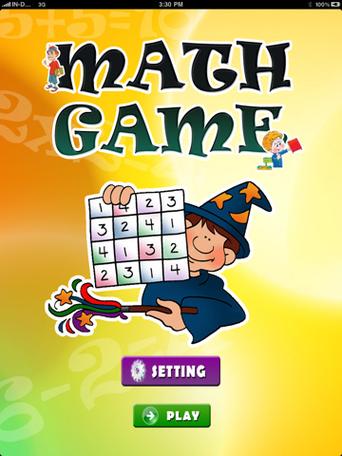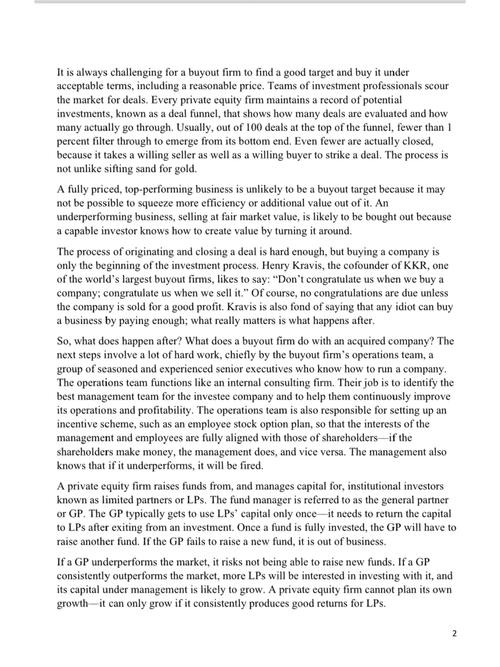
Classroom Math Money Games: A Comprehensive Guide
Engaging students in the classroom can sometimes be a challenge, especially when it comes to teaching math concepts. One effective way to make math more enjoyable and interactive is by incorporating money games. These games not only help students grasp mathematical concepts but also enhance their understanding of real-world financial situations. In this article, we will explore various classroom math money games, their benefits, and how to implement them effectively.
Benefits of Math Money Games
Math money games offer numerous benefits to both students and teachers. Here are some of the key advantages:

-
Enhances understanding of mathematical concepts
-
Improves problem-solving skills
-
Develops critical thinking abilities
-
Encourages teamwork and collaboration

-
Increases student motivation and engagement
Types of Math Money Games
There are various types of math money games that can be used in the classroom. Here are some popular options:
1. Coin Counting Game
This game is perfect for teaching students about different coin values and their combinations. Students can use a set of coins to make various amounts of money, and the teacher can ask questions to reinforce the concepts.
2. Budgeting Game
In this game, students are given a budget and must make purchases within that limit. This helps them understand the importance of budgeting and the impact of their choices on their financial future.
3. Shopping Spree Game
This game involves students shopping for items within a given budget. They must prioritize their needs and wants, making decisions based on the cost and value of the items.
4. Investment Game
This game teaches students about the basics of investing and the potential risks and rewards associated with different investment options.
5. Paycheck Game
Students are given a simulated paycheck and must pay their bills, save a portion of their income, and make any necessary purchases. This game helps students understand the importance of managing their finances.
Implementing Math Money Games
Implementing math money games in the classroom can be a fun and effective way to teach mathematical concepts. Here are some tips for successful implementation:
-
Choose games that align with your curriculum goals
-
Introduce the game and its objectives clearly
-
Provide students with the necessary materials and instructions
-
Encourage collaboration and teamwork
-
Monitor student progress and provide feedback
Table: Comparison of Math Money Games
| Game | Objective | Materials Needed | Duration |
|---|---|---|---|
| Coin Counting Game | Teach coin values and combinations | Coins, money chart | 30 minutes |
| Budgeting Game | Understand budgeting and financial responsibility | Shopping list, budget sheet, items for purchase | 45 minutes |
| Shopping Spree Game | Learn to prioritize needs and wants | Shopping list, items for purchase, budget sheet | 1 hour |
| Investment Game | Understand the basics of investing | Investment cards, investment chart | 1 hour |
| Paycheck Game | Learn to manage finances and pay bills | Paycheck, bills, budget sheet | 1 hour |
Conclusion
Math money games are a valuable tool for teaching mathematical concepts in an engaging and interactive way.







